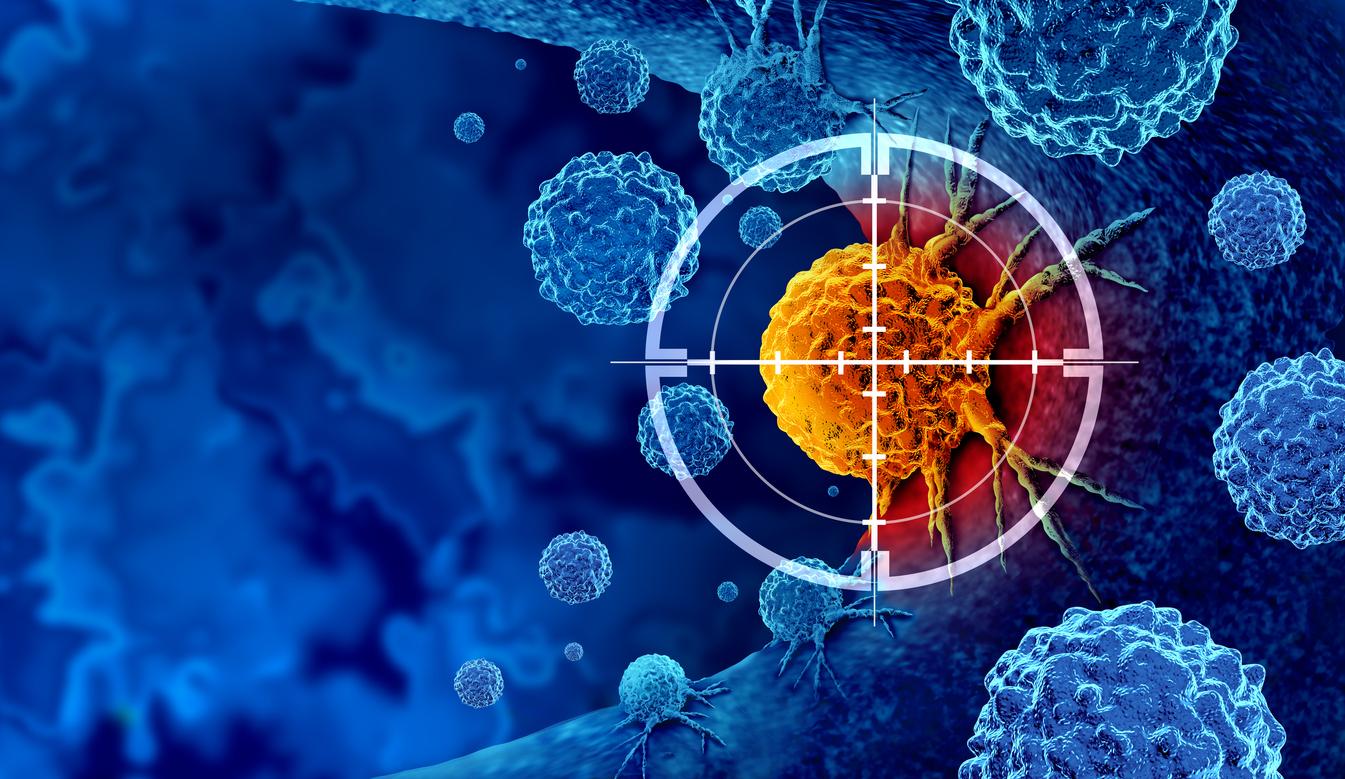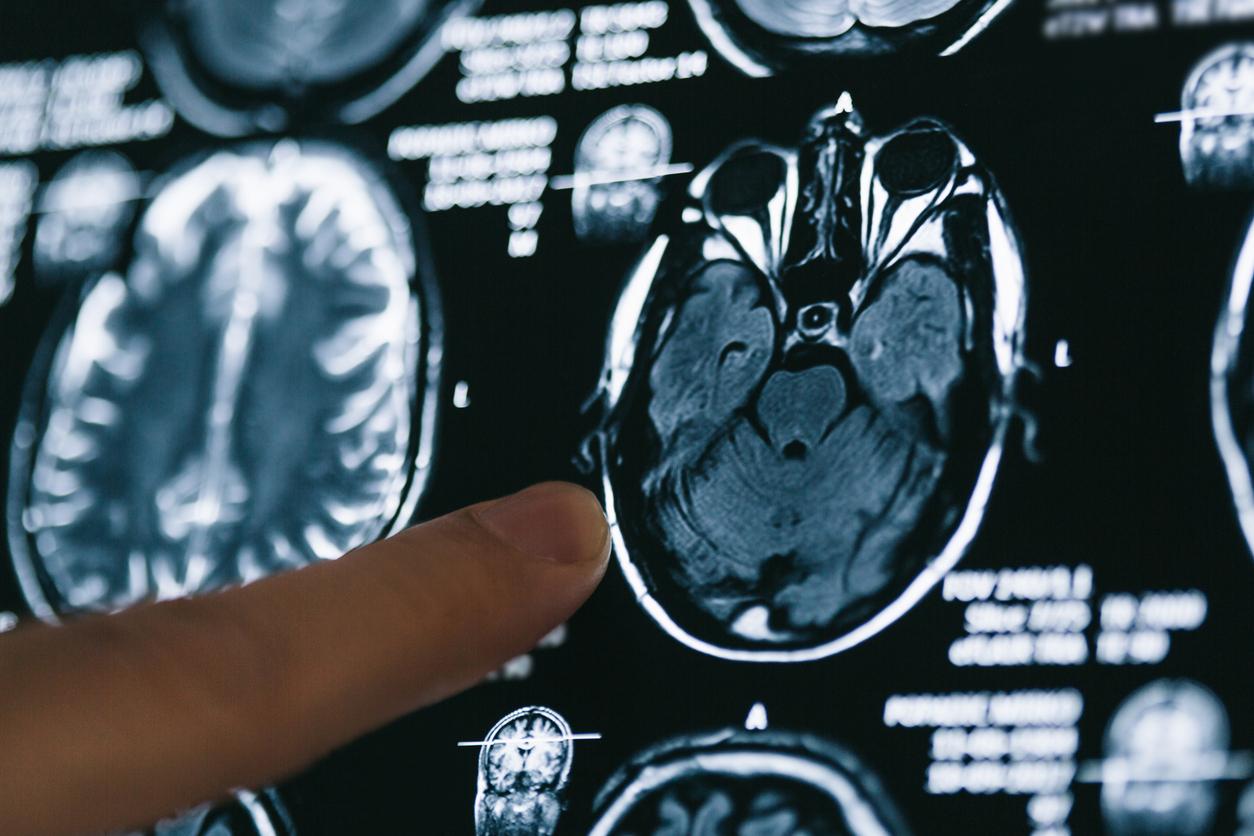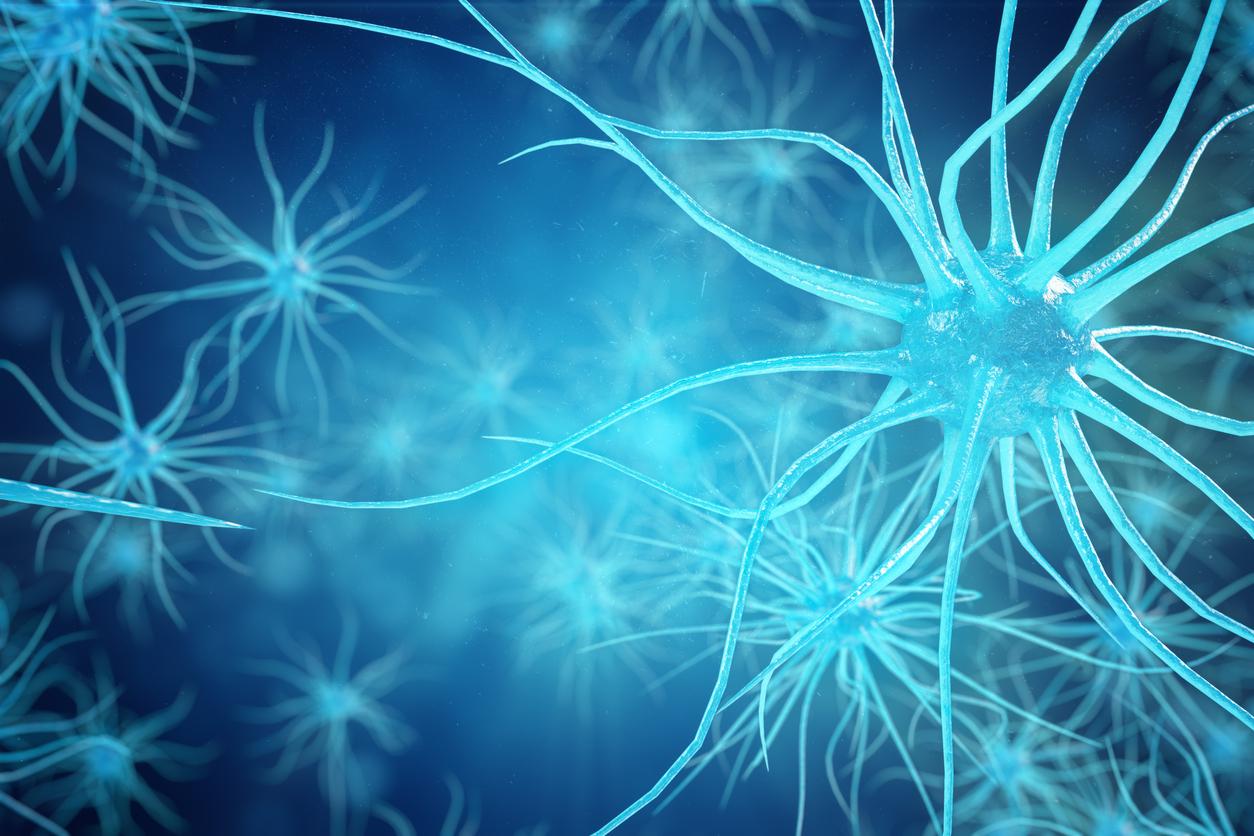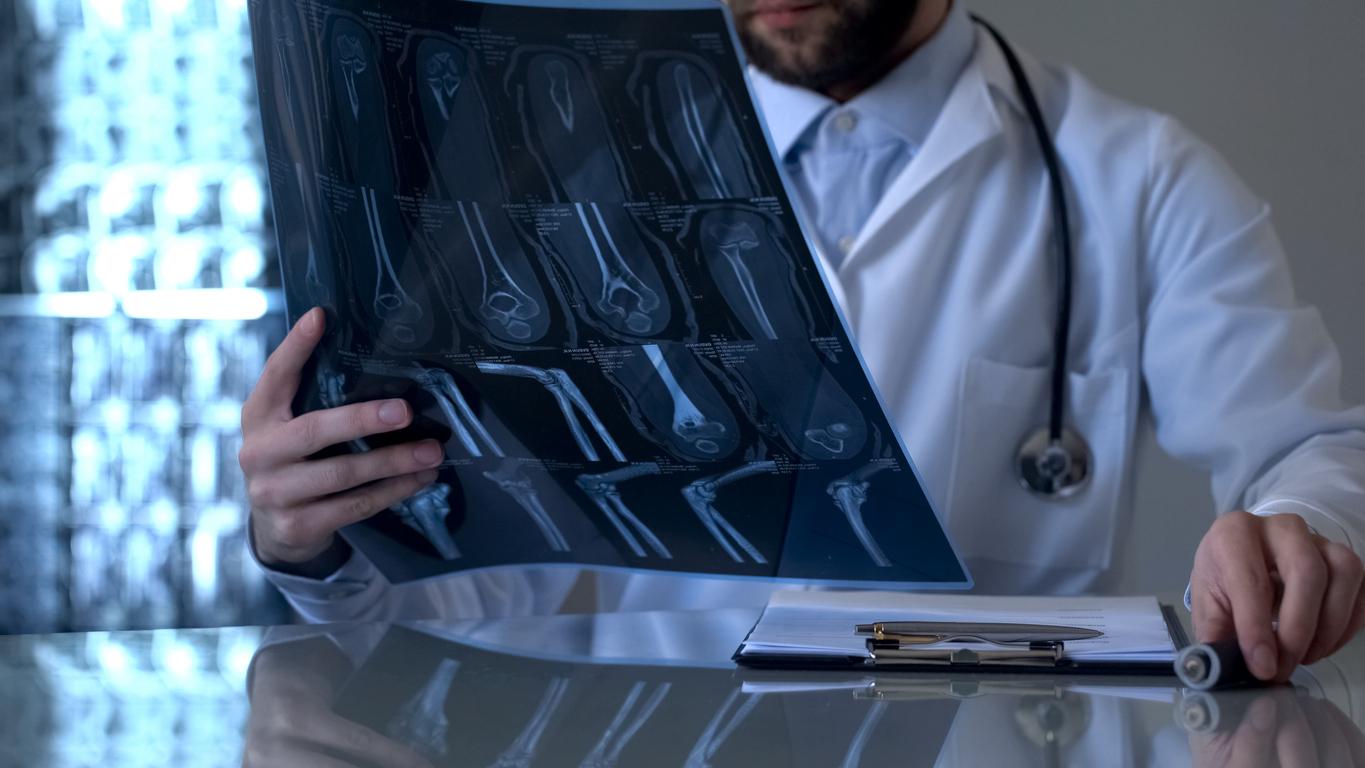A new technique based on eye movement helps evaluate the effectiveness of medications used for ADHD.
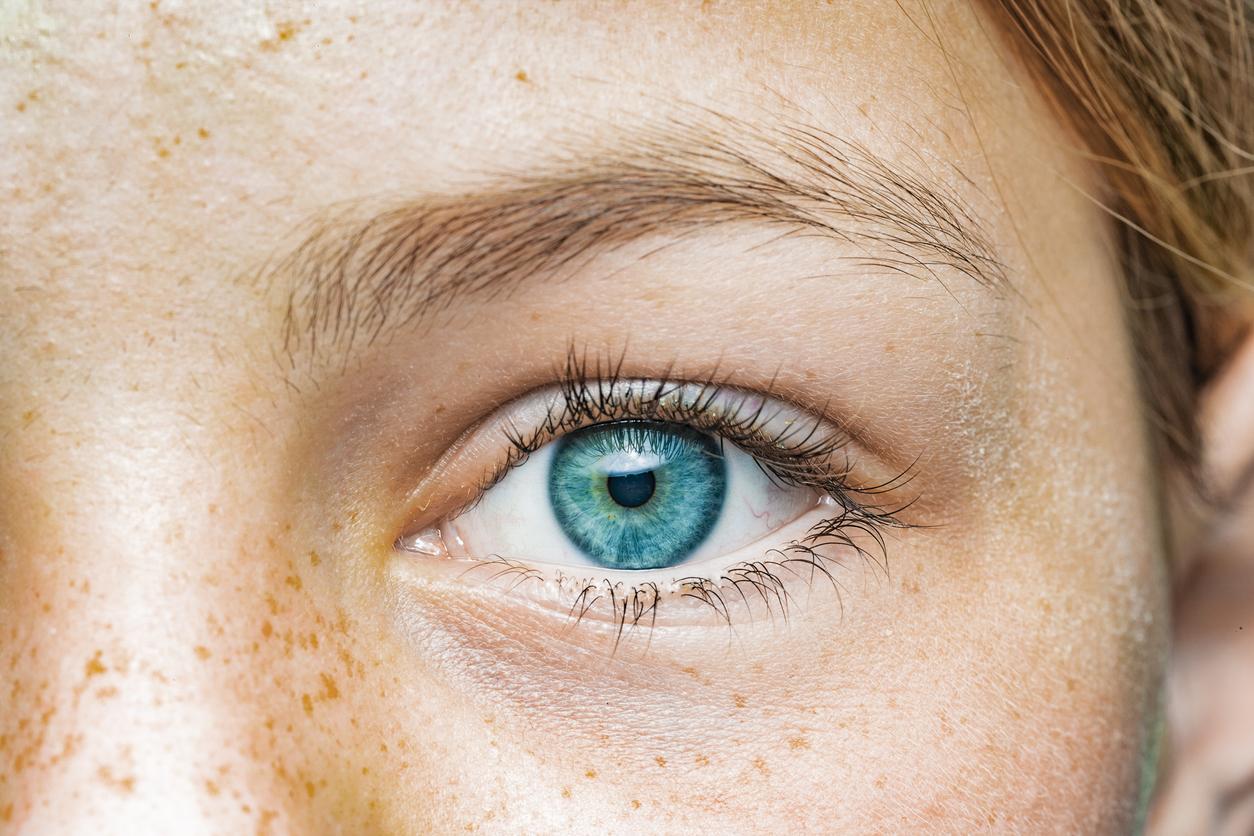
- People with ADHD have constant difficulty concentrating, impulsivity and agitation.
- The main treatment for ADHD involves stimulant medications, such as methylphenidate (MPH) and amphetamines (AMP).
- A new ocular technique makes it possible to evaluate the effectiveness of these treatments.
A recent study published in the Journal of Attention Disorders details the development of a new method to objectively measure the effects of stimulant medications on people with attention-deficit/hyperactivity disorder (ADHD). This new approach constitutes an important step towards personalized medicine.
ADHD: “There is no objective measure of the effectiveness of medications”
The primary treatment for ADHD involves stimulant medications, such as methylphenidate (MPH) and amphetamines (AMP), which have been shown to effectively reduce symptoms. However, evaluation of the effectiveness of these treatments currently relies on subjective assessments of patients, parents or educators, the accuracy of which can vary considerably.
“There is currently no objective measure of ADHD medication effectiveness that is quick and easy to use anywhere, anytime. Our new method offers the ability to assess anyone with access to a webcam and a computer”said study author Glen Elliott of the Stanford School of Medicine.
The study took place in two phases: a preliminary survey with a small group of participants and a larger-scale study that used webcams.
Treatment of ADHD: a two-stage study to evaluate an ocular technique
The preliminary study included ten participants who were diagnosed with ADHD and prescribed either methylphenidate or amphetamine. They all completed tasks designed to measure reading pace and comprehension, which they performed with and without medication. The results showed a significant increase in reading speed while participants were on treatment, suggesting that stimulants have a positive effect on the ability to read text.
Based on these results, the larger-scale study involved 100 participants who performed reading tasks under similar conditions, but this time using a webcam and eye-tracking software Umoove. An algorithm was then applied to classify these sessions as on or off medication, and the results demonstrated the algorithm’s ability to distinguish between medicated and non-medicated states with good accuracy.
“If someone is taking stimulants or knows someone who is, they should consider trying our measure that we have called Ifocus, particularly if they are unsure whether the medication is having an effect.”concludes the research director.

What are the symptoms of ADHD?
People with ADHD show difficulty concentrating, impulsivity and agitation for at least 6 months. These symptoms have a significant impact on daily life, particularly if they are associated with other disorders (oppositional behavior, anxiety, dyslexia, etc.). 3.5 to 5.6% of school children suffer from ADHD in France.











